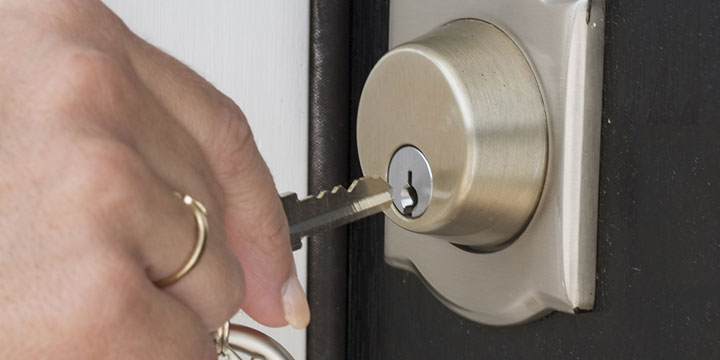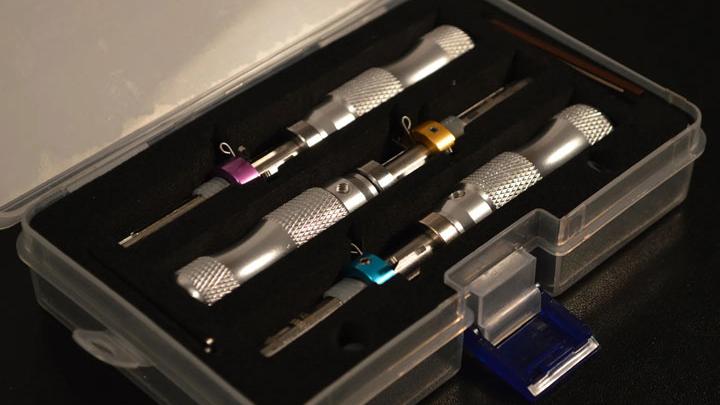Is the Tubular Lock Safer than the Pin Tumbler Lock
2025-02-18 10:29

In the realm of lock security, tubular locks and pin tumbler locks are two widely used mechanisms, each with distinct designs and security features. While both serve to secure various items, the question of which is safer—tubular or pin tumbler—merits further exploration. To answer this, we'll examine their design, vulnerability to attack, and overall security.
Tubular Lock Design
A tubular lock, also known as a radial lock, uses a cylindrical key with grooves that align with pins arranged in a circular pattern inside the lock. When the key is inserted, the pins align at the shear line, allowing the lock to open. Tubular locks are known for their unique design, which is harder to manipulate than traditional locks. However, their security depends largely on the quality of the lock and the skill of an attacker.
Pin Tumbler Lock Design
The pin tumbler lock, on the other hand, is one of the most common types used in residential and commercial properties. It features a set of pins of varying lengths that align when the correct key is inserted. Pin tumbler locks are easy to manufacture and affordable, but they are vulnerable to various attack methods, such as picking and bumping.
Security Comparison
1. Pick Resistance
Tubular locks have a clear advantage over pin tumbler locks in terms of pick resistance. The cylindrical arrangement of the pins in a tubular lock makes it more difficult to pick compared to the linear alignment in pin tumbler locks. Picking a tubular lock requires specialized tools, such as a Tubular Lock Pick, which are more complex than the standard lock-picking tools used for pin tumbler locks. Overall, tubular locks are more secure against conventional picking methods.
2. Bumping Vulnerability
Bumping is a technique where a specially cut key is inserted into a lock and struck, causing the pins to jump to the shear line and unlock the mechanism. Pin tumbler locks are especially vulnerable to bumping attacks, though newer models may feature anti-bumping technology. Tubular locks are far less susceptible to bumping, as the design of the key and pins makes it more difficult for a bumping key to work effectively.
3. Drilling Resistance
While tubular locks are known for their increased security, there are times when you may need to open them, especially for locksmiths or hobbyists. To do this, specialized tools are required. One option is to buy a Tubular Lock Pick, which is specifically designed to manipulate the pins inside the tubular lock. These picks are not as commonly found in standard locksmith kits, as they require more precision and knowledge to use effectively. However, for those who need to open tubular locks regularly, investing in the right tools is essential.

4. Impressioning Vulnerability
Impressioning, where a blank key is used to create a working key by leaving marks inside the lock, is easier to perform on pin tumbler locks. Tubular locks are more resistant to this technique due to the unique pin arrangement, making impressioning more difficult and less effective.
Conclusion: Which Is Safer?
In terms of security, tubular locks generally outperform pin tumbler locks. They offer superior resistance to picking, bumping, and impressioning, making them a more secure choice for high-security applications. However, tubular locks are not completely impervious to attack, and their security depends on the quality of the lock and the tools used by attackers.
Pin tumbler locks, while more vulnerable to picking and bumping, remain a popular choice for everyday use due to their affordability, simplicity, and availability. They can still be made more secure through modern anti-picking technologies.
Ultimately, tubular locks provide better security for high-risk scenarios, while pin tumbler locks are suitable for less critical applications. The choice between the two depends on the level of security required.
 Promotion: 5% Discount Code: 5vip
Promotion: 5% Discount Code: 5vip